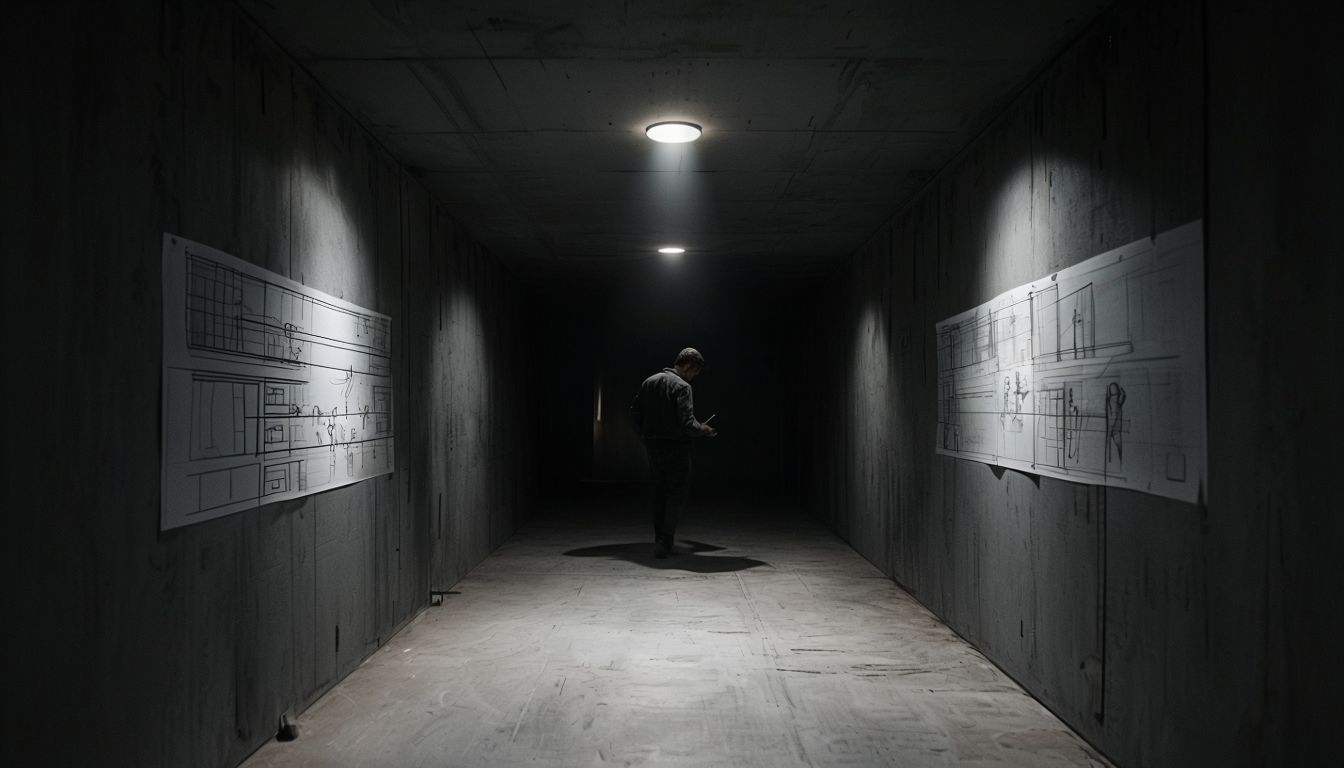WHY ARCHITECTURE MATTERS
“Architecture is about trying to make the world a little more like our dreams.”
— Bjarke Ingels
CONNECTING PEOPLE AND SPACES
Introduction
Architecture is not merely a backdrop to human activity; it is a participant in our lives. It shapes how we move, interact, perceive, and belong. At its best, architecture connects people—to each other, to their communities, and to the deeper meaning of place. In a world increasingly dominated by speed and technology, the spaces we inhabit influence our behavior, emotions, and social relationships in profound and often overlooked ways.
This essay explores the social significance of architecture, drawing from Aaron Betsky’s reflections in Architecture Matters and the analytical framework of The Social Logic of Space by Bill Hillier and Julienne Hanson. Together, these works argue that architecture is a vital force in shaping not only the physical world but also the invisible web of human connections that give life meaning.
Architecture as Cultural Expression
Aaron Betsky, in Architecture Matters, insists that architecture must be more than building—it must reflect our values, dreams, and ways of life. He sees architecture as a form of cultural expression, comparable to literature or music, that reveals what societies aspire to become. According to Betsky, architecture matters because it can create places that embody openness, equality, diversity, and imagination.
Spaces like libraries, plazas, and homes can express ideals such as democracy, hospitality, or intimacy. Architecture becomes a language through which communities tell their stories. In this sense, a city is a living archive of cultural memory. The arrangement of its streets, the scale of its buildings, and the atmosphere of its neighborhoods all speak to the identity and spirit of its people.
Thus, architecture matters not only for how it looks or functions but for how it communicates—how it speaks to our sense of belonging and invites us into dialogue with one another.
Space and Social Patterns
In contrast to Betsky’s more poetic lens, The Social Logic of Space by Hillier and Hanson offers a structural, research-based approach to understanding how built environments influence social behavior. Their central argument is that space is not neutral. The way spaces are organized affects patterns of movement, interaction, and visibility, thereby shaping the social life of cities and buildings.
Using a methodology known as space syntax, they demonstrate how spatial configurations influence everything from neighborhood cohesion to economic activity. For instance, a well-connected street network fosters casual encounters and walkability, encouraging social mixing. Conversely, poorly designed housing estates with isolated entrances can lead to alienation and crime.
Their research shows that people intuitively respond to spatial cues—open versus closed, visible versus hidden, accessible versus restricted—and that these cues structure social life. In this way, architecture is not simply a response to society; it actively co-constructs it.
Architecture as a Social Agent
When we combine Betsky’s aesthetic insights with Hillier and Hanson’s analytical tools, a fuller picture of architecture emerges. Architecture is not passive; it is a social agent. It can include or exclude, welcome or intimidate, connect or isolate. The choices architects make—about form, orientation, circulation, and access—carry moral and social weight.
In this light, every design decision becomes a statement about how we want to live together. A bench in a park is not just a place to sit—it is an invitation to rest, to observe, to converse. A wide sidewalk signals inclusivity, while a gated community may signal division. Architecture frames social life, shaping not only how we interact but also who gets to participate.
By making space for connection—through openness, permeability, and shared experiences—architecture fulfills one of its deepest callings: to bridge the gap between people.
The Responsibility of the Architect
Given this power, the role of the architect is not just technical or artistic, but profoundly ethical. Betsky reminds us that architects must take a stand for the kinds of environments they help to create. Architecture matters because it affects the soul of a city, the dignity of its people, and the spirit of its future.
Designers must ask: Does this space invite people in or push them away? Does it nurture community or isolate individuals? Is it legible and humane, or confusing and oppressive? These questions go beyond aesthetics—they touch the very heart of what it means to live together.
Hillier and Hanson reinforce this by showing that spatial decisions have measurable social outcomes. The layout of a school, for instance, can encourage collaborative learning or hierarchical control. The design of a square can support protest and celebration—or stifle public life altogether.
Conclusion: A Call to Conscious Design
Architecture matters because people matter. Buildings are not just objects in space—they are environments for life, interaction, memory, and transformation. Whether through poetic expression or spatial logic, architecture has the power to connect people and shape more equitable, vibrant, and humane societies.
As cities grow and diversify, the importance of designing with care, intention, and empathy becomes ever more urgent. Architects must embrace their role not only as creators of form but as stewards of social connection. Only then can we build not just better buildings—but better worlds.









